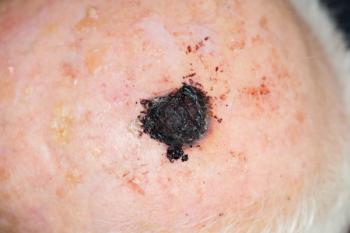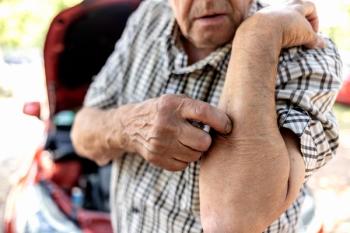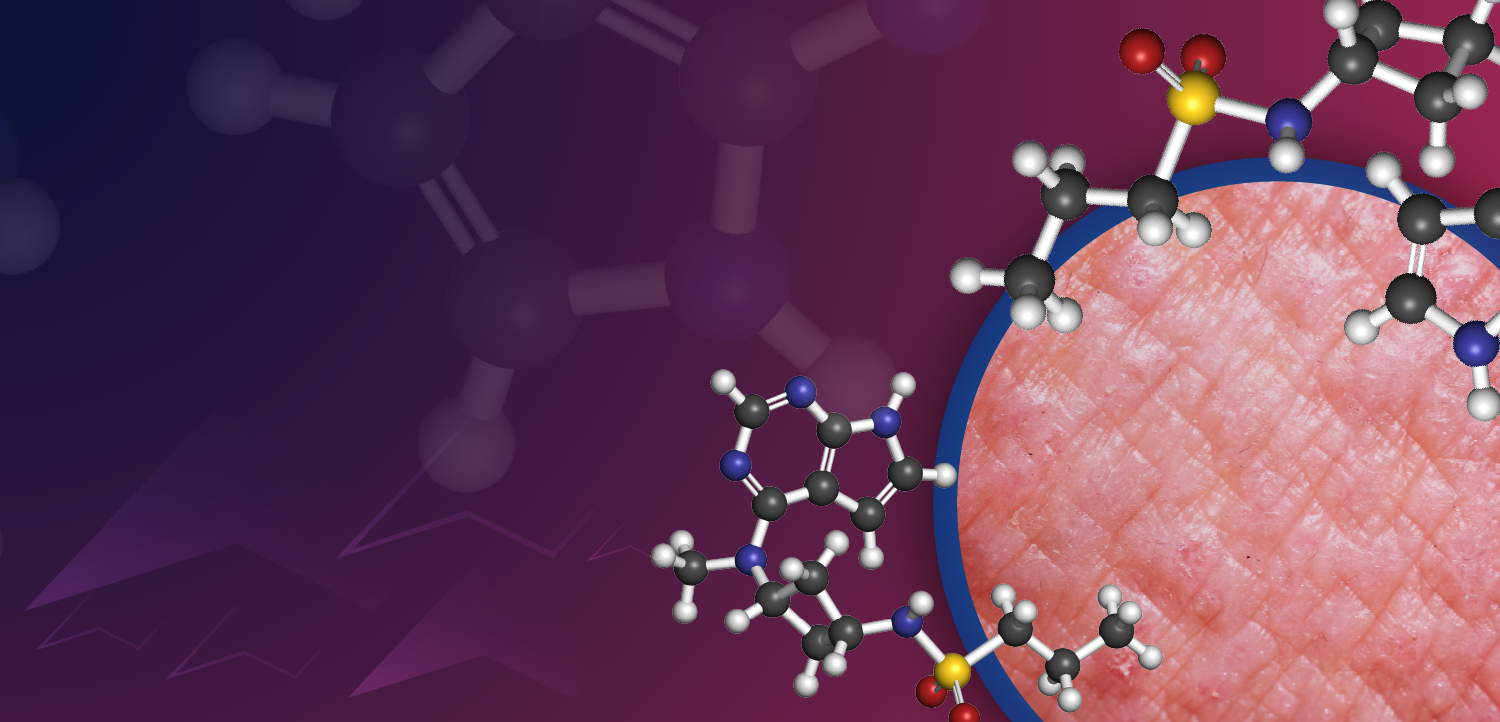
Jeff Stark, MD: Discussing Bimzelx’s Efficacy and Future in Treating Inflammatory Skin Diseases
Stark highlighted Bimzelx’s role in treating psoriasis and HS, introduced the BE BOLD study for PsA, and looked to future innovation in inflammatory skin disease.
Jeff Stark, MD, head of medical immunology at
In a continuation of the discussion, Stark highlighted the potential of novel therapies and how clinical data are shaping the treatment landscape for these conditions.
Challenges of Hidradenitis Suppurativa
Stark began by emphasizing the immunological complexity of hidradenitis suppurativa (HS).
"HS is a very complicated disease immunologically," he explained, "such that we know there are many cell types involved." This complexity is driven by the involvement of multiple cytokines, making it a challenging condition to treat effectively.
However, Stark noted promising developments with IL-17A and IL-17F inhibitors, which have demonstrated substantial improvements in managing HS.
"To see the responses that we're seeing in response to the inhibition of IL-17A and IL-17F is really enlightening," Stark commented, referring to the prominent role these cytokines play in driving the inflammation seen in HS. "It really reinforces how important among all the mediators of inflammation that exists in HS, IL-17A and IL-17F actually turn out to be."
These findings not only reinforce the importance of targeting these cytokines in treatment but also support the long-term efficacy of therapies that focus on IL-17 inhibition, showing sustained improvements in patients.
Challenges in Choosing Treatment for Psoriatic Arthritis
When discussing psoriatic arthritis (PsA), Stark acknowledged the difficulty clinicians face in choosing the most appropriate treatment among the available options.
"Making a treatment choice among the various options that are available to clinicians today can actually be a challenging prospect," he said. This is particularly true for PsA, given the limited number of head-to-head studies comparing different treatments.
Stark highlighted that the lack of robust comparative data in PsA treatment complicates clinical decision-making. Many head-to-head studies have either failed to meet their endpoints or involved unapproved dosages, limiting the usefulness of those data for clinicians. Despite these challenges, Stark is optimistic about future advancements.
"We’re really excited about that for the future and hope that it will answer exactly the kind of questions you mentioned for clinicians who are trying to choose among available therapies," he said.
One ongoing development is UCB’s BE BOLD study, a head-to-head trial comparing Bimzelx and risankizumab in patients with PsA. Stark referred to this as a "bit of a foretaste of things to come" and expressed confidence that the data from this study will provide critical insights for clinicians choosing between biologics for PsA.
Broadening the Impact of Bimzelx in Inflammatory Disorders
Stark also shared his excitement about the breadth of data emerging around bimekizumab, particularly in treating inflammatory skin disorders like psoriasis and HS.
"I think that the breadth of data for Bimzelx is certainly up there in my mind," he said. "This really gives meaningful and practical information to the clinician again to help them know that the product they are choosing will be efficacious for the particular patient type that they're seeing in clinic."
Future Directions: Atopic Dermatitis and Beyond
Looking ahead, Stark also highlighted UCB’s focus on atopic dermatitis, an area that will become a key target for the company in the near future.
"We’re watching that space very closely, excited about the data that will be presented here and thinking about how we can also contribute in that area to bring differentiated solutions to patients who need them," Stark remarked.
Reference
- Bimzelx (bimekizumab-bkzx) two-year data at AAD showed potential to eliminate draining tunnels in hidradenitis suppurativa (HS), and reduction in disease burden. News release. UCB. March 7, 2025. Accessed March 7, 2025.
https://www.ucb.com/newsroom/press-releases/article/bimzelxr-bimekizumab-bkzx-two-year-data-at-aad-showed-potential-to-eliminate-draining-tunnels-in-hidradenitis-suppurativa-hs-and-reduction-in-disease-burden
Newsletter
Like what you’re reading? Subscribe to Dermatology Times for weekly updates on therapies, innovations, and real-world practice tips.


















